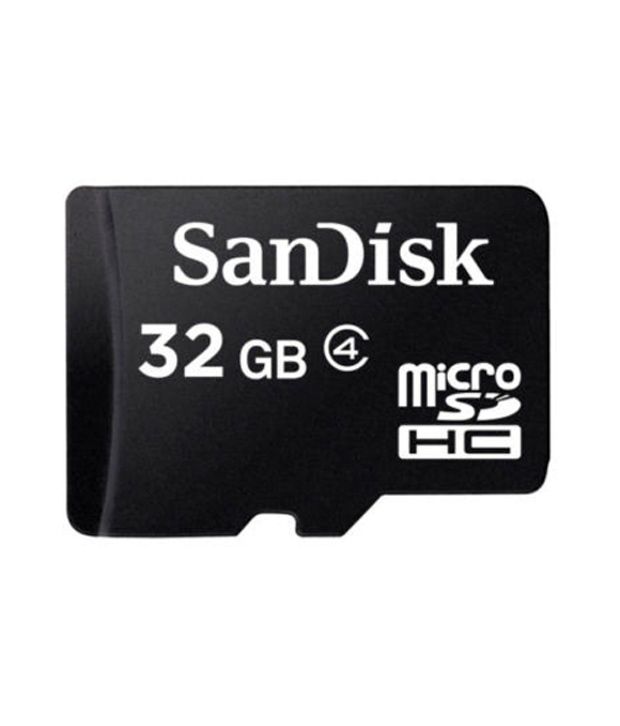Micro Sd Card Number Meaning
If you’re doing any sort of work in digital media, there’s a pretty good chance that you’ve found yourself needing to purchase an SD card (or “Secure Digital”)for your device at some point. Everything from smartphones to action cameras use SD cards in one form or another, and while shopping for a card to use may seem trivial, it’s absolutely crucial to purchase the proper card for the task at hand to avoid gear malfunctions, or worse, data loss.

By Andy Hendrikson
There are, technically speaking, three types of SD cards available, but only two of them are prominently used in digital media today: microSD and SD. You’ll find microSD in smaller, low-power devices such as smartphones, tablets, or portable action cameras like the GoPro. The microSD card is roughly the size of your thumbnail, available in a variety of speeds, and comes in capacities up to 128 GB. Generally, microSD cards also include a microSD to SD adapter that allows you to use it in a standard SD card reader or device.
Standard SD cards are generally found in consumer and pro-level still cameras, video cameras, and audio recorders. Like microSD, they are available in a variety of speeds and capacities up to 128 GB.
SD card speed classes. You might also see a description such as ‘533x’. This refers to a multiplication of the speed of an old CD-ROM (150KB/s). So in this case 533 x 0.15 = 80MB/s (as there are 1,000KB in a MB). On any type of SD card, the Class rating is denoted by a number inside of a C symbol. Dec 26, 2018 And what Difference Between A TF Card And A Micro SD Card? At some point along the way, SanDisk Corporation changed the device’s name to MicroSD Card and started producing what we now use as a standard memory storage chip, which.
Micro Sd Card Markings
Picking the Right Size
The amount of storage that you need on your SD card varies tremendously depending on which device you’re using it with and what exactly you’re going to be creating with that device. For example, files from an audio recorder are significantly smaller than 4K video files from a video camera. Understanding what kind of files your device is creating is critical to making the right decision on capacity.
If you’re shooting HD video or RAW photos with a DSLR, you’re best off with getting the highest capacity card you can afford. HD and 4K video files can be astronomically large, and RAW photos of any modern resolution can be quite big as well. For other uses such as audio recording, smartphone/tablet use, or a consumer-level point-and-shoot camera shooting jpeg images, a smaller SD card will suffice.

Picking the Right Speed
The speed of the card you purchase is truly one of the most crucial aspects of buying an SD card, and is one that’s often overlooked by those unfamiliar with SD speed class ratings. It may seem complicated at first, but in reality, it’s fairly simple to understand.
SD cards are available six different speed classes, from slowest to fastest: Class 2, Class 4, Class 6, Class 10, U1, and finally U3. U1 and U3 cards are compatible with the UHS transfer bus used in newer devices, so you will often see a card rated with both U1 and Class 10. That means that when the card is used on a standard high-speed data bus, it will perform at Class 10 speed, but when used on a UHS bus, it will perform at U1 speed.
Class 2 – these cards are the slowest class currently available and are best suited for consumer-level point-and-shoot cameras, audio recording, and low-resolution SD video recording.
Class 4 & 6 – the “middle of the road” in terms of speed, these cards will work well with still cameras shooting jpeg files, and some very light HD video recording at 720p.
Class 10 & U1 – these cards are capable of recording at up to 10 MB/s, so they are well suited for pro-level still cameras shooting RAW photos, and HD video recording at up to 1080p. This is a great speed to purchase if you’re looking for a balance between compatibility with your current equipment and future usage as well.
U3 – these cards are overkill for most uses, but are absolutely crucial if you’re shooting 4K video with your device. 4K video files are large, and require a card with a high sustainable speed to be able to write them properly. U3 cards are quite a bit more expensive than the slower speeds, but if you need them, you really shouldn’t risk using anything slower.
Micro Sd Card Number Meaning
Conclusion
Sd Memory Cards Explained
Choosing the right SD card for your device is crucially important to ensure that you’re getting the best performance out of your device, and also prevent any kind of hiccups or data loss. A card too small could fill up and leave you without any free space when you need it most. A card too slow could cause your device to choke when attempting to write files and potentially cause those files to be lost forever. Know your needs, find the right card, and your device will thank you.